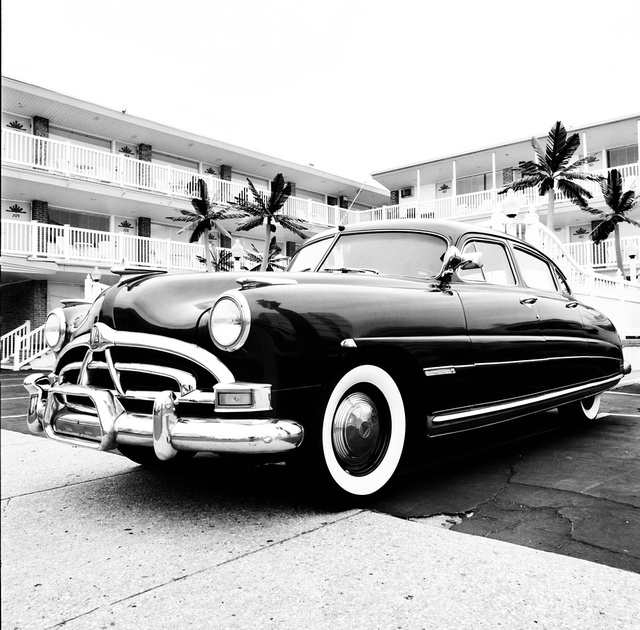The way you, Skiff, write about the densitometer it must be pretty close to a magic bullet 😉 . Seriously though, films are and have been made as consumer products. They can be used by simply following manufacturers recommendations and iteratively honing the process with excellent results. The manufacturers have done the work.
The densitometer and the knowledge to examine a cc give you all the info needed info for perfect results:
- real, effective sensitivity / film speed
- optimal development time
- optimal agitation
- optimal / needed dilution with certain developers.
That are just the facts.
And no, you cannot get optimal results by simply following the manufacturers recommendations. Because your parameters in your lab at home are in most cases quite different to that used by the manufacturers.
Do you have a calibrated, exact thermometer at home? Already 1°C different developing temperature will result in visible different results.
Do you have the same development rhythm than the employee who did the tests for the data sheet?
The manufacturers today only give a kind of "middle" value, a compromise for medium contrast. But depending on your own workflow (scanning - different sanner types; enlarging with which head type) you need significant different values for perfect results.
In most cases my own tested results for my workflow are very different from the data sheets. Would I completely rely on the data sheets, my work would be visibly inferior. And some times even crap: E.g. the Ilford development times for Delta 3200 in DD-X are so short that the results are simply unusable. That is not only my experience, but I know from many other photographers who have reported the same.



























